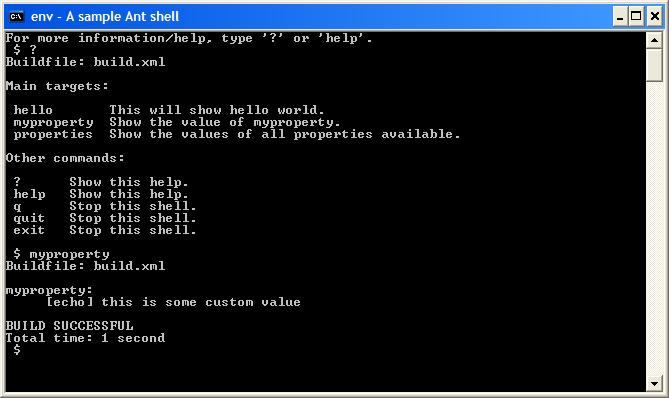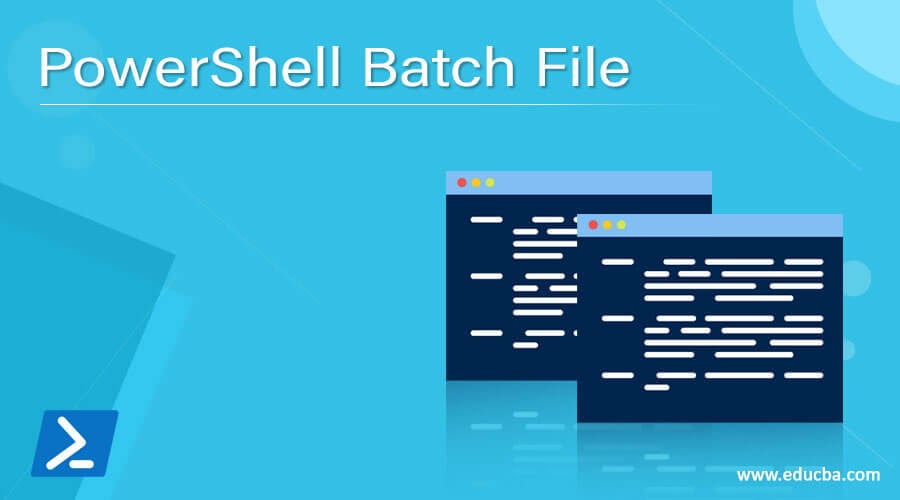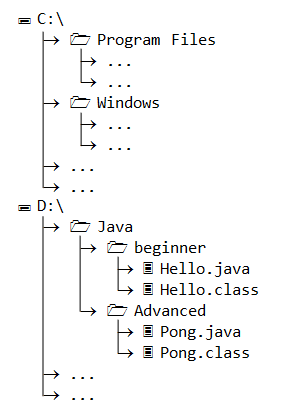
The HPC's cluster supports a variety of execution and data models. Using the slurm sbatch command can be used to submit jobs using these scripts,Īnd the prefilled options can be modified to suite your job's need.Įxecuting a job on 1 node with many CPUs.Įxecuting a job on multiple nodes with many CPUs. The range " 7-10" is stepped by " 2" giving indexes 7 and 9.īatch script examples are presented below ( coming soon). " :" (the colon or step character) modifies the range to step by a value. "-array 1,2,3,4,7-10%4": Job executes with SLURM_ARRAY_TASK_ID's 1, 2, 3, 4, and 7 through 10, but the " %" (the modulus or percent character) modifier allows only 4 jobs to execute at a time.Indexes canīe modified individually with " ," (comma character) or as a range with " -" (dash or hyphen character). SLURM_ARRAY_TASK_ID environment variable provides access to one index. For example "-mem-per-cpu 4G" wouldĮxecute the script many different times with A indexing. M (megabytes), G (gigabytes), and T (terabytes).

"-partition gpuq": GPU jobs that can utilize up to 2 GPUs per node, 16 gigabytes of memory per GPU,Ĥ0 CPUs per node, 6 nodes, and 192 gigabytes of host memory per node."-partition bigmemq": General purpose jobs with up to 40 CPUs per node, 4 nodes, and 768 or 1536 gigabytes."-partition computeq": General purpose jobs with up to 40 CPUs per node, 78 nodes, and 192 gigabytes of."-nodes minM -ntasks N": Execute job on at least minM nodes with N coresĮxecute script on a node in partition P."-nodes minM- maxM -ntasks N": Execute job with N cores on at least minM nodes up to at most maxM nodes."-nodes M -ncpus-per-task C": Execute job on M nodes with C cores per node.Number of nodes, from minM to maxM, to execute tasks on. These are always shared memory CPUs on one node. The scheduler will distribute all tasks on 1 to N nodes

Number of cores, N, required by job, assuming C is default (1 CPU per task). Some of the more common options/switches in sbatch: Sbatch options can be viewed by running man sbatch in the cluster terminal.

username R 0:06 2 ~]# cat slurm-114499.out #This is the output of our batch script. JOBID PARTITION NAME USER ST TIME NODES NODELIST(REASON)ġ14499 computeq example. Submitted batch job ~]# squeue -j 114499 #We can use squeue to see that our script is running. Sbatch: error: Batch job submission failed: No partition specified or system default ~]# sbatch -partition=computeq example.sh #SBATCH, that act as input to the sbatch command options, as shown in the following ~]# cat example.sh #This is our batch script.Įxit ~]# sbatch example.sh -partition computeq #Note that ordering matters here! To the steps defined above, there is a specialized set of comments, prefixed with To simplify things, a number of template batch scripts have been created, in Examples Scripts section below, that most users can fill in required commands and resources. Data collection (this is usually done in parallel with execution).Many users' scripts are more complicated, typical users' batch scripts perform 3 tasks: Used to execute more efficient compiled programs designed to run on a cluster. Purpose interpreted language which can perform almost any algorithm, but it is usually Some specialized cluster environment variables and commands. Sbatch performs are defined in a job batch (or submission) script, a BaSH shell script with The SLURM sbatch command allows automatic and persistent execution of commands.

Submitting Jobs - Batch Scripts Submitting Jobs - Batch Scripts


 0 kommentar(er)
0 kommentar(er)
